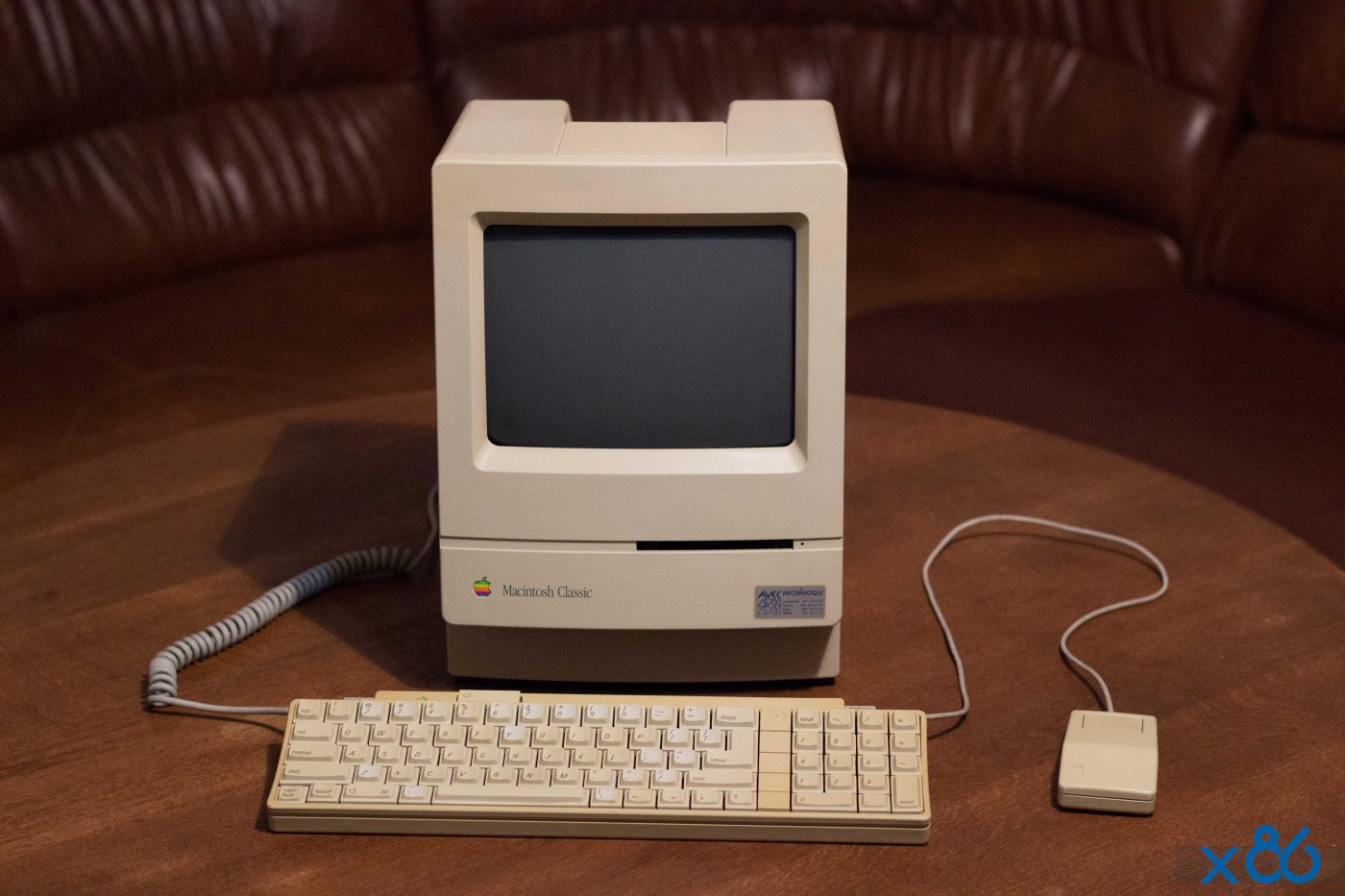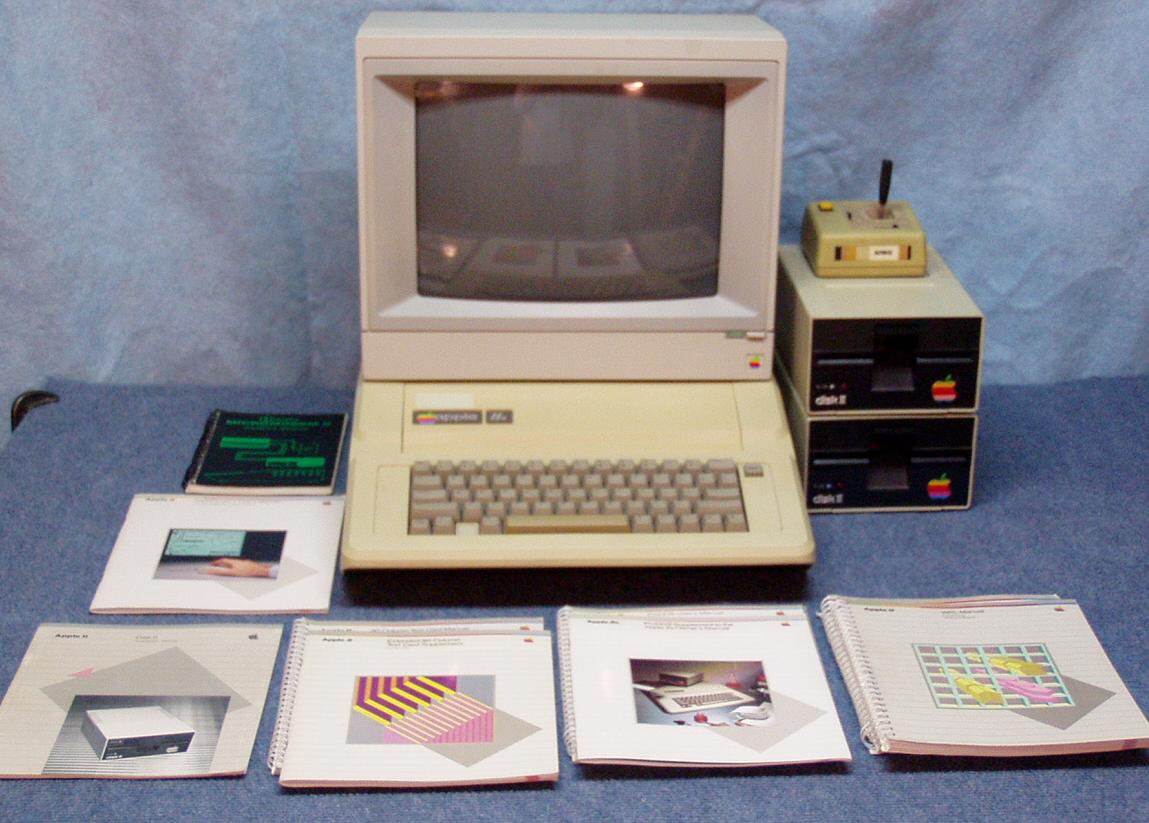

- Old apple color computer full#
- Old apple color computer software#
- Old apple color computer Pc#
- Old apple color computer professional#
- Old apple color computer mac#
I remember two guys who got them self a Mac already in March 1984 - that's even before Apple sold the Mac in Germany.
Old apple color computer full#
Colour was nice and made nice frames, but couldn't beat having a full line of code without scrolling :))
Old apple color computer Pc#
(Asking for opinions isn't exactly what RC.SE is meant for)Īs for myself, I was an Apple II user and switched to PC but always went for more resolution to get more characters on the screen than having colour. I'm especially interested in experiences of people who lived through that time. So bottom line, When there is a choice between resolution and colour, the world always goes for resolution first. Not to mention that mathematicians liked it for being able to produce their secret codes. Signum, an editor capable to handle arbitrary scripts and their ways of writing ruled that area way into the 2000s. Like notorious under-founded antiquarians. In fact, it made it the machine for some cash strapped professions.

With the B&W mode being a huge USP (price being next) for the Atari. The ST is in fact a great example for all of this, as it provided both, clear B&W and (acceptable) colour resolutions. The same area the ST was successful in as well - in its competition to the Mac it was sometimes dubbed as 'Jackintosh'. Something where programs could display output on screen (almost) as it would be rendered later in print. That wasn't anywhere near the goal for a Mac. This highlights the strange beast of assumptions, playing games.
Old apple color computer professional#
Amiga rivalry was more on a game level (*6), on a professional level the Atari outsold the Amiga by far (*7). A feature that did beat many other machines including most PCs, especially considering the price. It offered a crisp clear 640x400 B&W display at 70 Hz. Here the (later) Atari ST is a great example. It only makes sense to add colour if the resolution is adequate to the task intended.

So if the decision is to be made between colour added or more resolution, the first choice is always more resolution - at least until we pass several thresholds. Colour is just the frosting on the cake of human vision - the cake itself is resolution :)) So roughly 60 B&W 'pixel' detectors share a single colour detector. There are roughly 120 million rods and only 6 million cones - 2 for each colour. In fact, this also goes well for the way that the eye works. With 16 KiB of screen memory (quite a lot back then) one can do a 512x256 B&W picture, or 128x128 in 256 colours (*4). Macintosh games were black and white in the beginning, while Apple II had color.įor back then the whole assumption of a 512x342 pixel B&W display being a downgrade from a display with an effective (*1) colour resolution of 140x192 is so strange(*2), I doubt anyone would have ever thought so back then - most definitely not me or anyone I know (*3).Ĭolour and resolution is a trade off in memory as both need more with greater depth. I imagine it being a huge downgrade for some, not to have color on the Macintosh. Multi-Sync monitors meant that a wide variety of video modes could be displayed on the same monitor, allowing games to change resolution and number of colours to what best suited them. The big switch to colour displays came at the end of the 1980s, with the advent of Super-VGA video cards and monitors. The higher resolution and crisper picture on a lower-cost monitor made this very much preferable. The new product written to replace it worked in 720x348 black-and-white on a PC with a Hercules Graphics Card. The CAD company I worked for in 1984-87 started out selling a system that worked in 280x192 with six colours on the Apple II (whose graphics were weird). A monitor for it cost the equivalent of about $1500 today, and could only display 16 colours, because of the limitations of its input circuitry.Ī good, crisp black-and-white display was perfectly competitive with a fuzzy colour one. In PC-compatibles, the Colour Graphics Adapter (640x200) wasn't regarded as adequate to be the only display on a machine the Enhanced Graphics Adapter (640x350) appeared the same year as the original Mac, but nine months later.

Colour monitors were expensive and not usually high-quality.
Old apple color computer software#
I was working in software development at the time, and this wasn't seen as a problem.


 0 kommentar(er)
0 kommentar(er)
